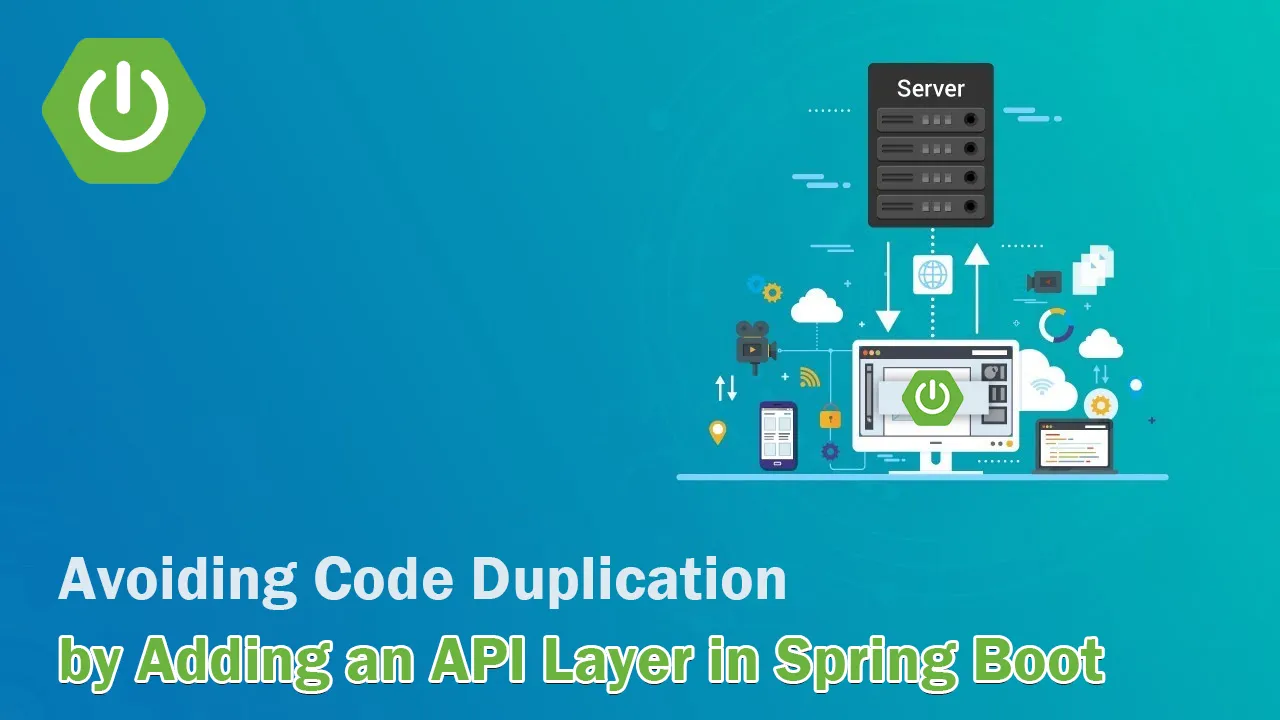Using back-end HTTP clients to build an advanced API Layer
Your back-end may need to make numerous synchronous or asynchronous requests to many different web services to retrieve or write data. In particular, the common way for back-ends to communicate with each other in a microservice architecture is through the HTTP protocol.
In order to avoid code duplication, I am going to show how to design a specific layer dedicated to the handling of external requests where you can place the definitions of all the needed API requests. This layer aims to divide where API requests are defined from where they are used to make calls.
In this tutorial, I am going to use RestTemplate, but any other HTTP client can be employed as well.
Code snippets will be written in Spring Boot and Kotlin, but this approach can easily be adapted to any other frameworks, libraries, or programming language.
Please note that the same concept can be applied in front-ends as I showed in this article.
Let’s see how this can be accomplished in just a few steps.
#software-engineering #software-design #spring-boot #avoiding code duplication by adding an api layer in spring boot #api #avoiding code duplication
